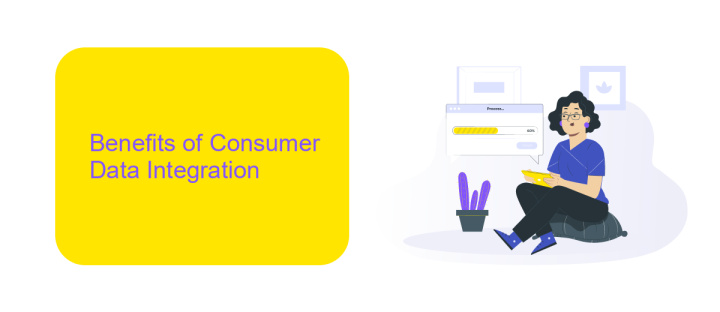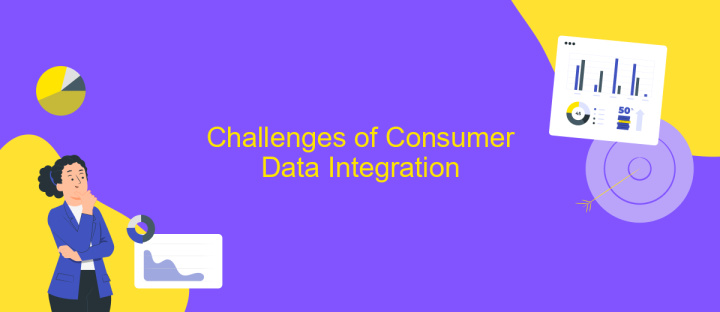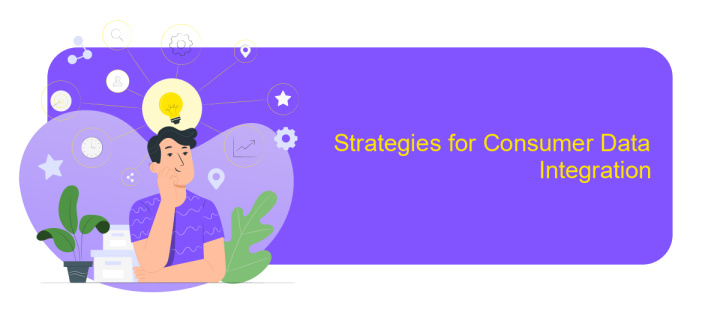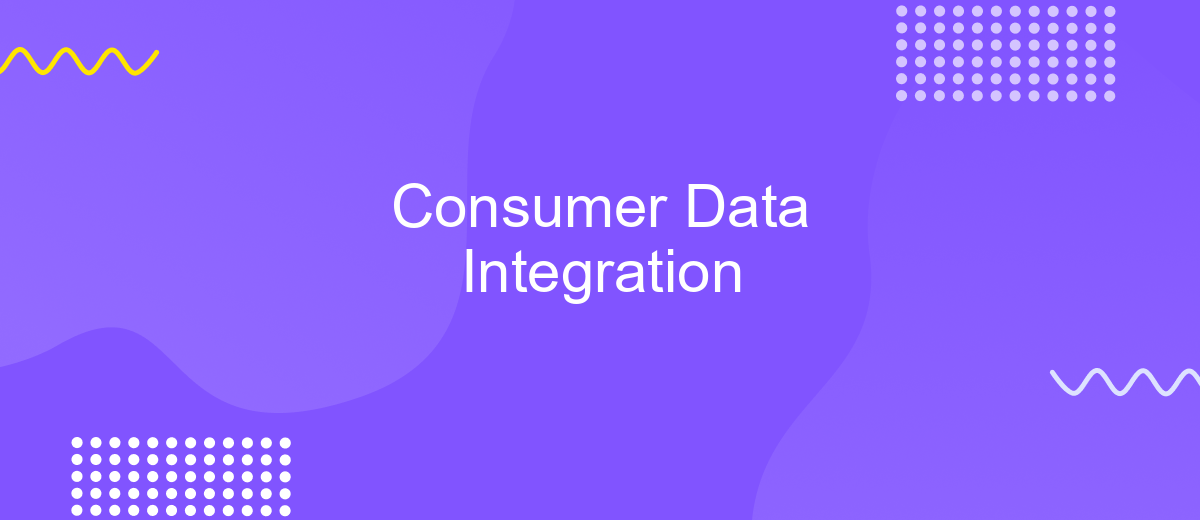Consumer Data Integration
Consumer Data Integration (CDI) is a crucial process in today's data-driven world, enabling businesses to combine and manage data from various sources to create a unified view of their customers. This holistic approach enhances decision-making, personalizes customer experiences, and drives business growth. By leveraging CDI, companies can gain valuable insights, streamline operations, and foster stronger customer relationships.
Introduction
In today's fast-paced digital landscape, businesses are inundated with vast amounts of consumer data from various sources. Integrating this data effectively is crucial for gaining actionable insights, enhancing customer experiences, and driving business growth. Consumer Data Integration (CDI) is the process of combining data from different touchpoints to create a unified view of the customer, enabling more informed decision-making.
- Improved customer segmentation
- Enhanced personalization
- Streamlined marketing efforts
- Increased operational efficiency
By leveraging CDI, organizations can break down data silos, ensuring that all departments have access to consistent and accurate information. This holistic approach not only fosters better communication and collaboration but also empowers companies to anticipate customer needs and trends more effectively. Ultimately, CDI serves as a cornerstone for building a competitive edge in an increasingly data-driven world.
Benefits of Consumer Data Integration

Consumer Data Integration offers numerous benefits that can transform how businesses operate. By consolidating data from various sources, companies can gain a comprehensive view of their customers. This holistic perspective allows for better decision-making, as businesses can identify trends, preferences, and behaviors more accurately. Enhanced data quality and consistency also mean that marketing campaigns can be more effectively targeted, leading to improved customer engagement and higher conversion rates.
Moreover, integrating consumer data can streamline operations and reduce costs. Automated data integration platforms like ApiX-Drive simplify the process, enabling seamless connectivity between different data sources and applications. This reduces the need for manual data entry and minimizes errors, saving time and resources. Additionally, real-time data integration ensures that businesses have up-to-date information, allowing them to respond swiftly to market changes and customer needs. Overall, consumer data integration is a strategic asset that enhances efficiency, drives growth, and fosters stronger customer relationships.
Challenges of Consumer Data Integration

Integrating consumer data presents several significant challenges that organizations must navigate to achieve a seamless and efficient process. These challenges can hinder data accuracy, consistency, and accessibility, ultimately impacting business decisions and customer experiences.
- Data Silos: Consumer data is often stored in disparate systems across various departments, making it difficult to consolidate and analyze comprehensively.
- Data Quality: Inconsistent data entry, duplicates, and outdated information can lead to poor data quality, affecting the reliability of insights derived from the data.
- Privacy and Compliance: Adhering to regulations such as GDPR and CCPA requires rigorous data governance practices, which can be challenging to implement and maintain.
- Integration Complexity: Different data formats and structures necessitate sophisticated integration tools and techniques, which can be resource-intensive and technically demanding.
- Scalability: As consumer data grows, systems must be scalable to handle increased volumes without compromising performance or data integrity.
Addressing these challenges requires a strategic approach that includes investing in advanced integration tools, establishing robust data governance frameworks, and continuously monitoring and improving data quality. By doing so, organizations can unlock the full potential of their consumer data, driving better decision-making and enhancing customer satisfaction.
Strategies for Consumer Data Integration

Effective consumer data integration is crucial for businesses aiming to enhance customer experience and streamline operations. To achieve this, organizations must adopt a multifaceted approach that encompasses various strategies and technologies. Proper data integration ensures that customer information is accurate, up-to-date, and easily accessible across different platforms.
One of the primary strategies for consumer data integration is the implementation of a unified data platform. This platform acts as a central repository where data from various sources such as CRM systems, social media, and e-commerce platforms can be consolidated. Additionally, leveraging data integration tools and software can automate the process, reducing the risk of errors and saving time.
- Utilize ETL (Extract, Transform, Load) processes to ensure data consistency.
- Implement API integrations for real-time data synchronization.
- Adopt data governance policies to maintain data quality and compliance.
- Use machine learning algorithms for predictive analytics and data enrichment.
By employing these strategies, businesses can create a seamless flow of information, leading to better decision-making and enhanced customer satisfaction. Ultimately, a well-integrated consumer data system provides a competitive edge in the market, fostering growth and innovation.
- Automate the work of an online store or landing
- Empower through integration
- Don't spend money on programmers and integrators
- Save time by automating routine tasks
Conclusion
In conclusion, Consumer Data Integration is a critical component for businesses aiming to leverage comprehensive customer insights and drive strategic decision-making. By unifying disparate data sources, companies can achieve a holistic view of their customer base, enabling more personalized marketing efforts, improved customer service, and enhanced operational efficiency. The integration process, however, demands careful planning and execution to ensure data accuracy, consistency, and security.
Tools like ApiX-Drive facilitate this integration by providing seamless connectivity between various platforms and data sources. With its user-friendly interface and robust functionality, ApiX-Drive allows businesses to automate data flows and synchronize information without the need for extensive technical expertise. This not only saves time and resources but also ensures that the integrated data is reliable and up-to-date. As businesses continue to adopt data-driven strategies, effective Consumer Data Integration will remain a cornerstone of competitive advantage and sustainable growth.
FAQ
What is Consumer Data Integration (CDI)?
Why is CDI important for businesses?
What types of data are typically integrated in CDI?
How can businesses automate the process of CDI?
What challenges might businesses face when implementing CDI?
Time is the most valuable resource in today's business realities. By eliminating the routine from work processes, you will get more opportunities to implement the most daring plans and ideas. Choose – you can continue to waste time, money and nerves on inefficient solutions, or you can use ApiX-Drive, automating work processes and achieving results with minimal investment of money, effort and human resources.


